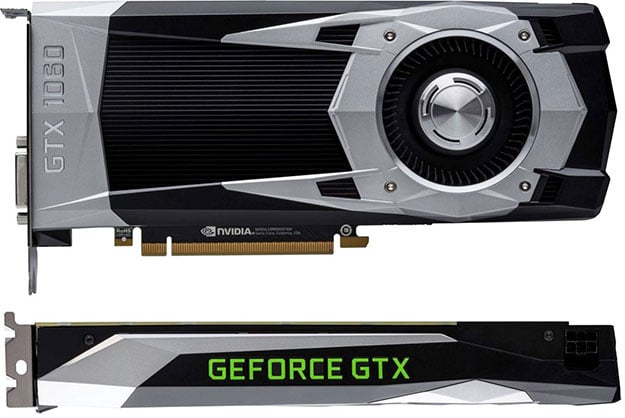Gamer Gets AMD FreeSync Working On A GeForce GPU, What Kind Of Sorcery Is This?

AMD and NVIDIA both support game smoothing technologies that, in simple terms, match the refresh rate of a monitor with the GPU so that frames stay in sync. The former supports FreeSync, an open standard, and the latter promotes its own G-Sync solution. Normally you can't mix and match technologies, though in some circumstances, you can.
If you're reading this, you probably know already that to use G-Sync, you need a G-Sync monitor paired with a GeForce graphics card or mobile GeForce GPU. Likewise, enabling FreeSync requires a supported a monitor and a Radeon graphics card or GPU. The lack of interoperability means going all-in with either technology.
Over on Reddit, however, user "survfate" uploaded some screenshots showing a FreeSync enabled on a system with a GeForce GTX 1060 graphics card. He also posted the steps required to get it working.
"So far I have tested this on Batman AK and AMD Freesync Windmill Demo. The Windmill detects Freesync just fine and you can clearly see that Freesync works along the 1060," survfate said.
His method requires using one of AMD's Ryzen processors with Vega graphics (an APU, basically). In his case, he got FreeSync working on a system with a Ryzen 3 2200G with Radeon Vega 8 graphics. The same method can also be used on a Ryzen 5 2400G (paired with a GeForce GTX 1070), as WCCFTech confirmed over the weekend.
What makes this possible is bit of BIOS trickery. To get it working, survfate plugged his GeForce GTX 1060 into a non-FreeSync monitor, and plugged a FreeSync display into his motherboard. This enables the integrated Vega 8 GPU in the BIOS.
There are a few other steps required to get it working (hit the source link in the via field below), but what it boils down to is tricking the display to enable FreeSync with a supported GPU (Vega 8), and then selecting the GeForce GTX 1060 GPU as the preferred graphics process in NVIDIA's Control Panel.
Some quirky behavior has been noted when going this route, but for the most part, it works. For now, anyway—it wouldn't surprise us if this workaround gets busted by a future driver update.


